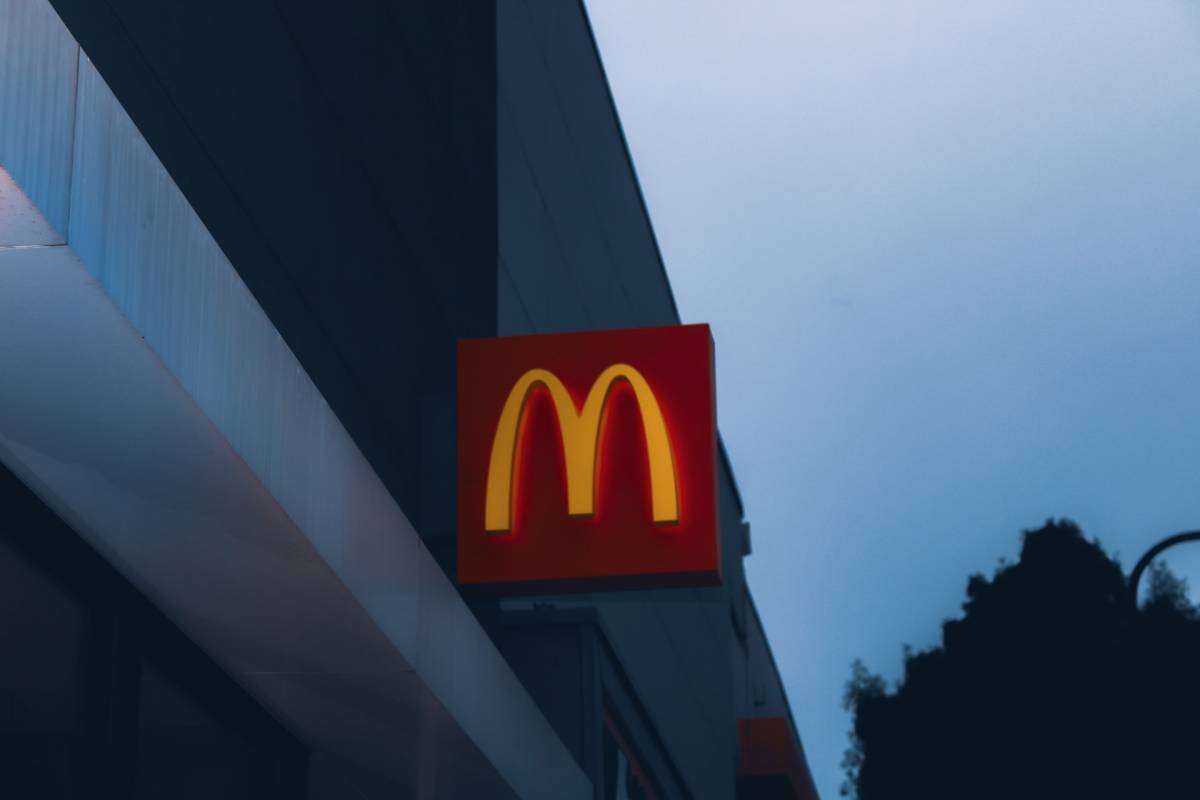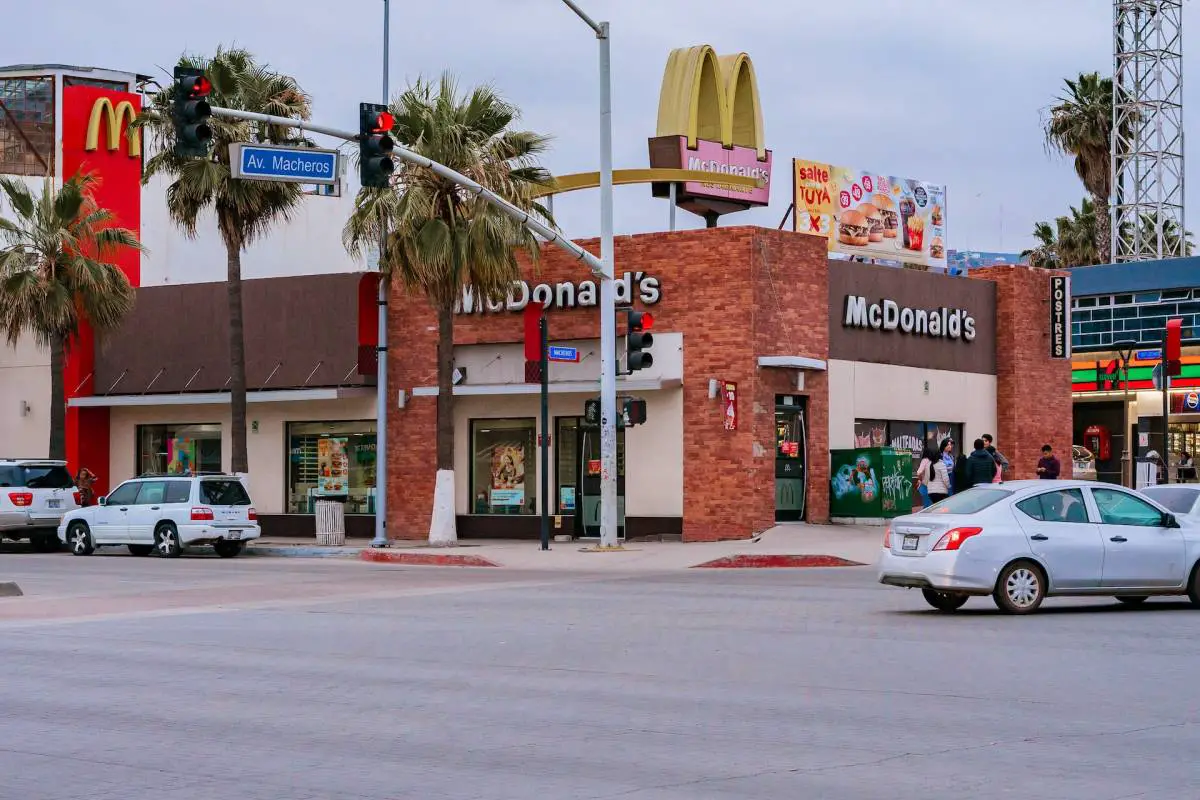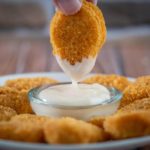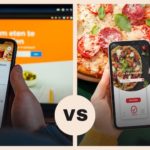Early Days and Child-Centric Marketing
The Happy Meal has come a long way since its inception in the mid-1970s. Originally developed by Yolanda Fernández de Cofiño, the “Menu Ronald” combined a hamburger, small fries, and a small sundae, marking the beginning of McDonald’s child-centric marketing strategy1.
Toy Tales and Cultural Phenomena
Over time, the Happy Meal has become synonymous with the tiny toys it includes. These toys have often mirrored popular culture, from Disney movies to superhero franchises, creating a cultural phenomenon that extends beyond the meal itself2.
Characters and Play
Ronald McDonald: Face of the Golden Arches
Ronald McDonald, the clown mascot of McDonald’s, has been a prominent figure in the marketing of Happy Meals. His jovial image and playful antics have made him a favorite among children, reinforcing McDonald’s brand as family-friendly.

PlayPlaces: Evolution of Indoor Playgrounds
McDonald’s PlayPlaces, indoor playgrounds situated within the restaurant premises, have provided an additional layer of engagement for children. Over the years, these PlayPlaces have evolved, incorporating interactive games and digital elements to enhance children’s play experience.
Educational Initiatives
McTeacher Nights: Community Engagement or Controversy?
On McTeacher Nights, teachers and school staff work at local McDonald’s restaurants, serving meals to students and their families. While McDonald’s positions this as a community engagement initiative, critics argue that it blurs the line between education and advertising.
Happy Meal Books: Literary Side of Fast Food
In an effort to promote literacy, McDonald’s has occasionally replaced toys with books in Happy Meals. This initiative not only encourages reading among children but also adds an educational dimension to the Happy Meal experience.
Digital Frontiers
Happy Studio App: Merging Fun and Screens
McDonald’s Happy Studio app is a digital platform that offers interactive games and activities for children. This app signifies McDonald’s shift towards digital engagement, merging fun with learning in a digital playground2.
Online Marketing: Navigating Digital Playground
With the rise of digital media, McDonald’s has leveraged online platforms to market Happy Meals. From engaging social media campaigns to interactive websites, McDonald’s continues to navigate the digital playground to reach its young audience.
Global Adventures
Adapting to Cultural Tastes: Kid-Friendly Marketing Globally
As a global brand, McDonald’s has adapted Happy Meals to cater to diverse cultural tastes. Whether it’s offering local delicacies or incorporating region-specific toys, McDonald’s has effectively used the Happy Meal as a tool for global marketing.

Challenges and Controversies: Dark Side of Kid-Centric Marketing
Despite its success, McDonald’s kid-centric marketing has faced criticism. Concerns range from promoting unhealthy eating habits among children to the ethical implications of advertising to a vulnerable demographic. Navigating these challenges remains a key issue for McDonald’s.
Parental Perspectives
Power of Pester Power: How Kids Drive Purchasing Decisions
The influence of children on their parents’ purchasing decisions, often referred to as “pester power,” is a significant factor in the success of Happy Meals. By appealing directly to children, McDonald’s indirectly influences parental choices.
Parental Concerns: From Nutrition to Ethical Considerations
Parents have expressed concerns about the nutritional content of Happy Meals and the ethical aspects of marketing to children. In response, McDonald’s has made efforts to improve the nutritional profile of Happy Meals and ensure responsible marketing practices.
Regulatory Landscape
Advertising to Children: Regulatory Challenges and Responses
Regulations around advertising to children vary globally, posing challenges for McDonald’s. The company has had to adapt its marketing strategies to comply with these regulations, balancing business objectives with societal expectations.
Balancing Act: Self-Regulation and Corporate Responsibility
In addition to regulatory compliance, McDonald’s has undertaken self-regulatory measures to demonstrate corporate responsibility. These include commitments to promote healthier food choices and responsible marketing practices.
Future Trends
Augmented Reality and Beyond: Future of Kid-Centric Engagement
With advancements in technology, the possibilities for kid-centric engagement are expanding. McDonald’s is exploring technologies like augmented reality to create immersive experiences for children, marking the next phase of the Happy Meal revolution.

Sustainable Marketing: Ethical Considerations in Conscious Consumption
As consumers become increasingly conscious about sustainability, McDonald’s is under pressure to ensure its marketing practices are ethical and environmentally-friendly. This includes reducing plastic waste from toys and promoting sustainable food choices.
Sources





